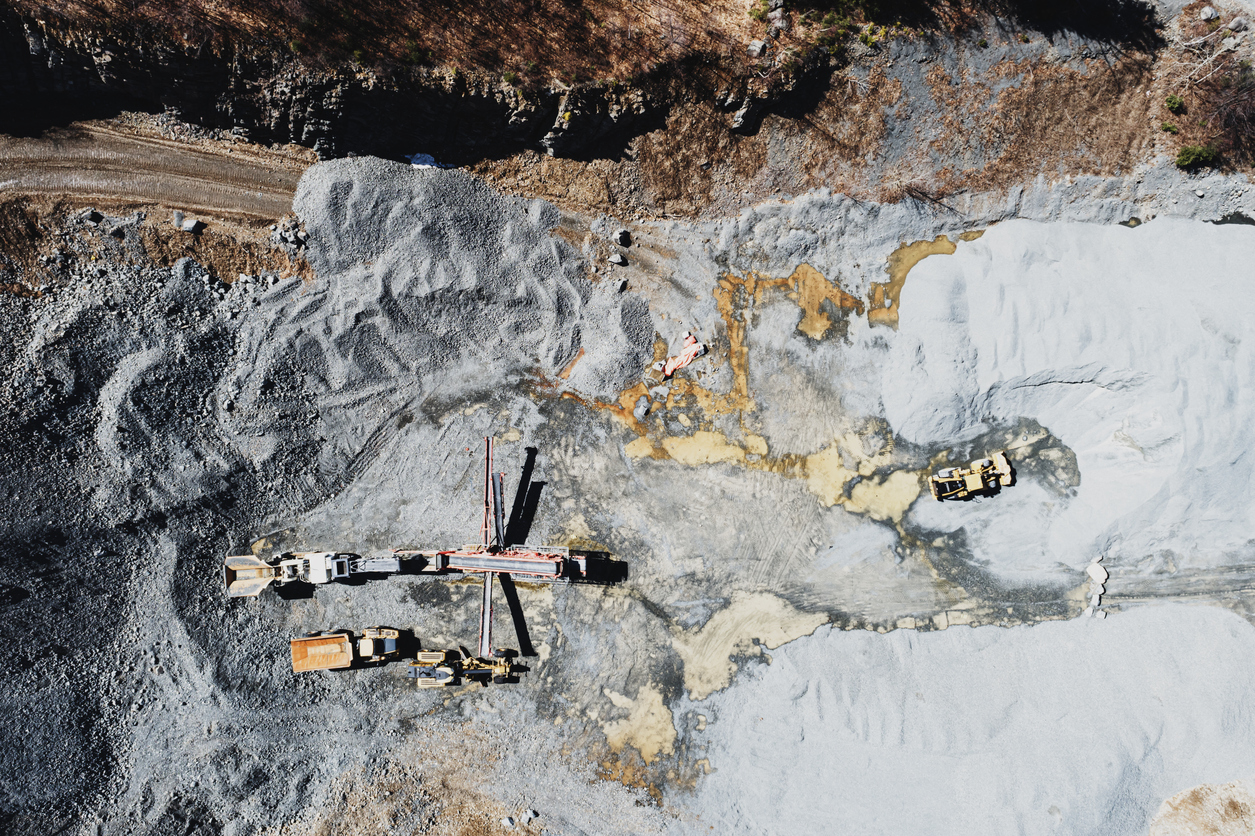Critical minerals could be one of the clean economy’s greatest resources—if it’s done right.
Of all the building blocks that make up a clean economy, six critical minerals—cobalt, copper, lithium, nickel, graphite, and the rare earths—will form the foundation. In a world that meets its climate pledges, annual demand for these minerals will reach a value of $770 billion by 2040. This demand opportunity primarily comes from the clean economy, and particularly from the rise of electric vehicles. Canada has the mineral reserves to compete here, and how it approaches this opportunity will shape the success of its clean energy transition.
Battery and car makers have already invested billions of dollarsinto Canada’s electric vehicle value chain, betting that the country will ramp up its production of critical minerals. But expectations will have to reconcile with investor wariness towards mineral extraction. Capital markets remember the sector going bust in the early 2010s, when supply outstripped demand. The sector’s human rights violations and environmental damage—and the fact that many Canadian-based companies have committed both—also raise non-negotiable sustainability concerns. Attracting capital to Canada’s mining sector will mean making progress on multiple, and often competing, policy imperatives—and fast.

